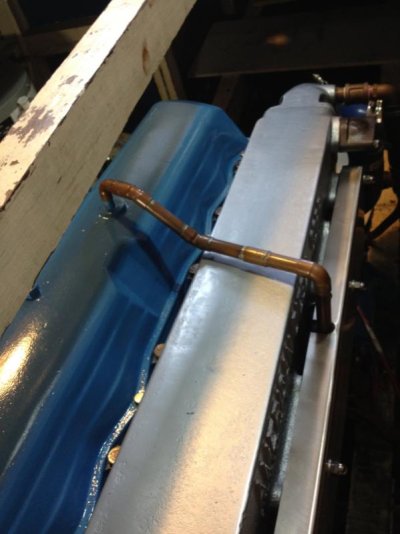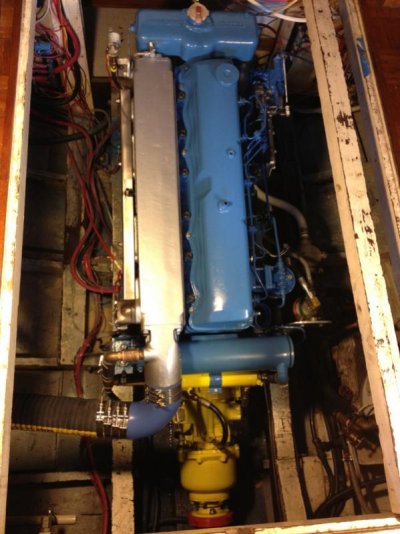Randall B
Veteran Member
- Joined
- May 26, 2013
- Messages
- 33
Our first run with engine back together today. We learned a few things. Engine ran nice, temp seemed to be at 185 most of time then dropped to 175. Does that sound to cool for a 1969 Ford Lehman Diesel 120? Other issue; we have a pipe connecting rocker cover to manifold. Manual calls for a emission control valve. Is that thing necessary and what is its function?
Thanks
Thanks



 , I found that the range of an opening thermostat varied by at least 10° AND there was a very small range between just opening and fully open.
, I found that the range of an opening thermostat varied by at least 10° AND there was a very small range between just opening and fully open.

